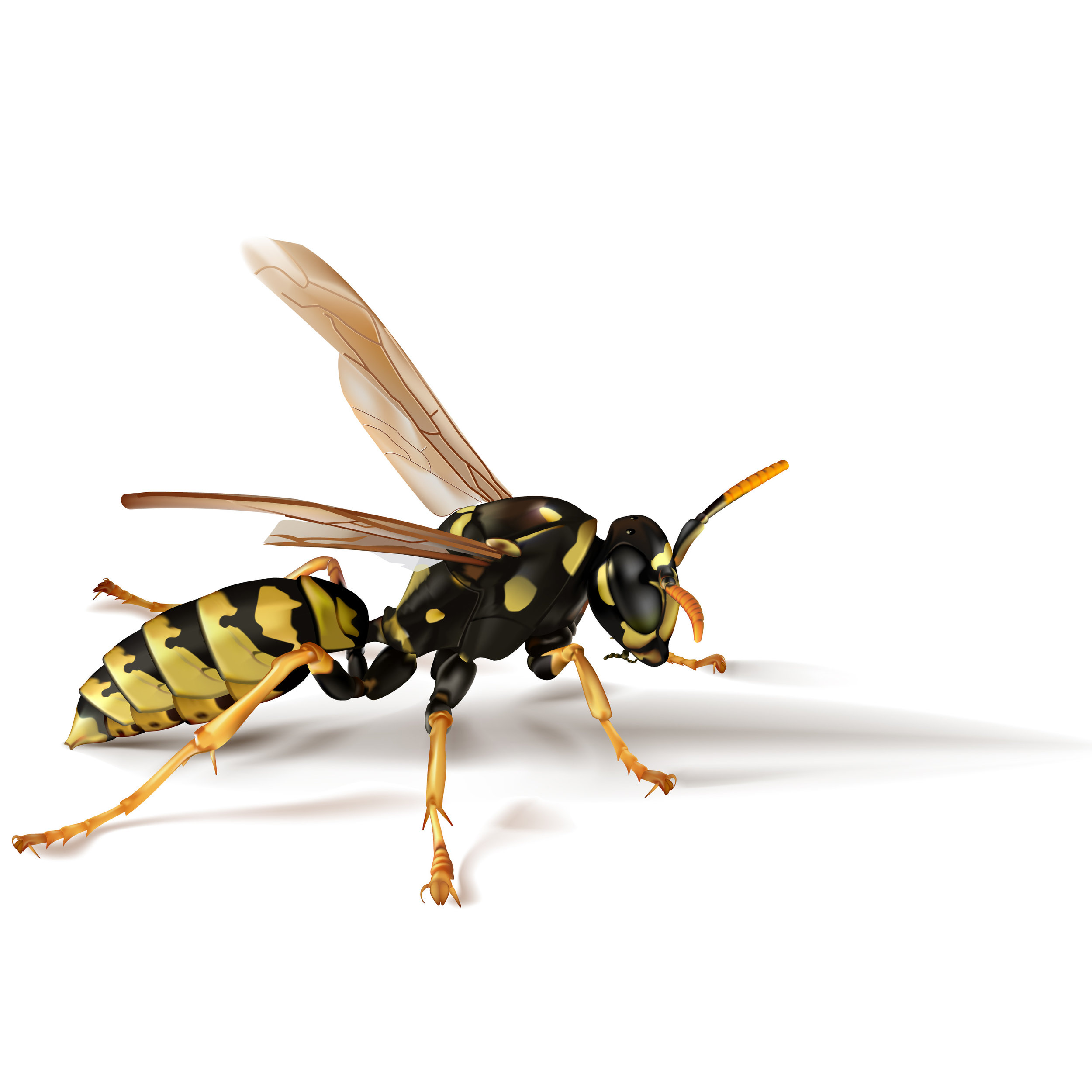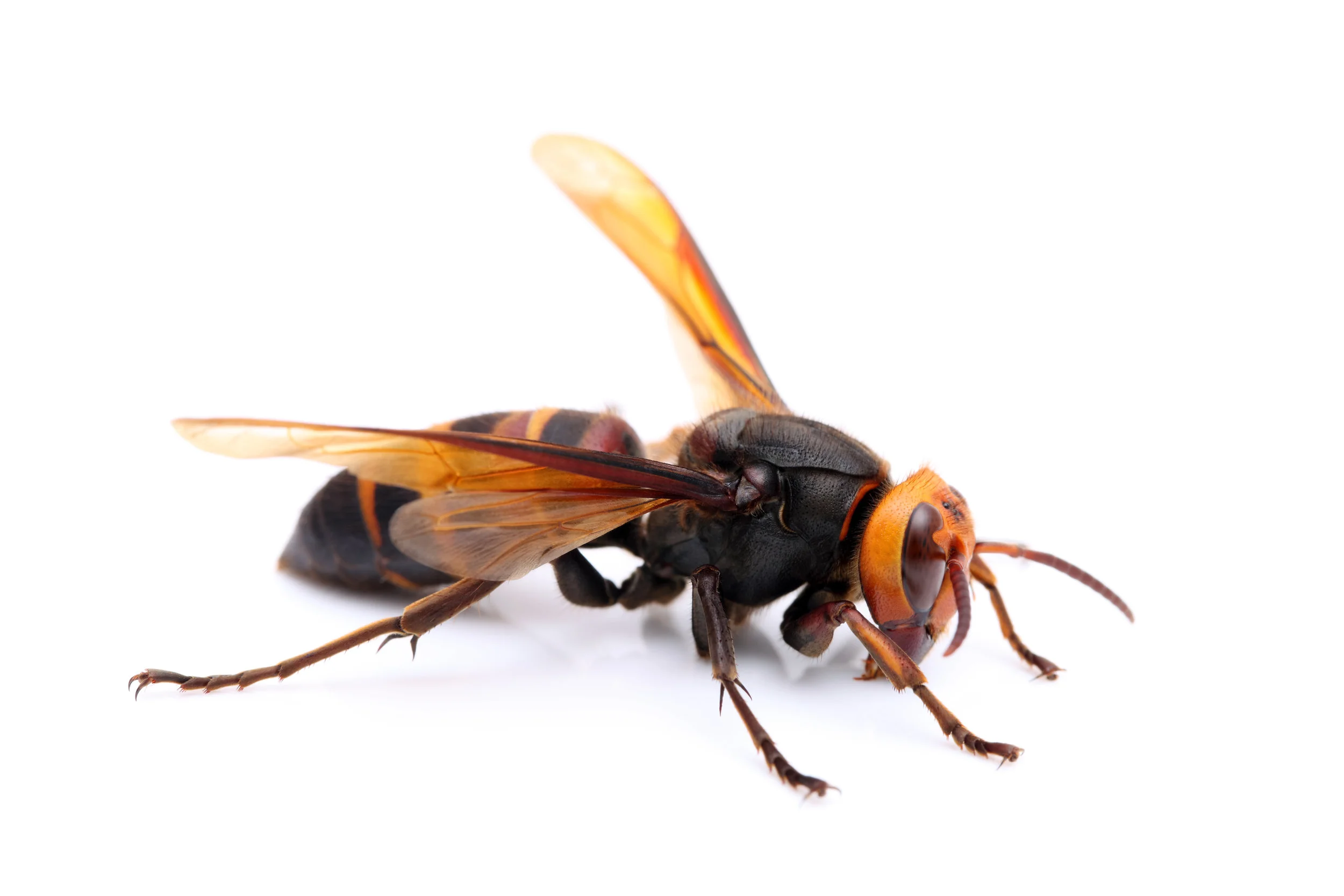Stinging Insects Guide
In the warmer months of late spring and summer stinging insects are found flying around your home. Bees, yellow jackets, wasps, and hornets may try nesting inside your attic or high up in your eaves. Patios, decks, gazebos and other landscape structures are easy targets for stinging insects to seek shelter upon. While being stung by a wasp, bee, hornet, or yellow jacket may cause pain and other serious health outcomes for some, it's important to remember they are all beneficial insects. Proper identification is critical to eliminating or controlling populations of stinging insects near your home.
Wasps
Seeking warmth and shelter, wasps get into buildings through tiny openings or by hitchiking a ride on your clothing. Sealing cracks and crevices around windows and doors is critical in their prevention. While some wasps are social living in colonies, others are solitary. As the weather cools, wasps try finding their way inside to overwinter.
hornets
Even while a hornet can inflict a painful sting they are beneficial predators helping control insect populations. Hornets are social and will defend their nests agressively. An adult hornet's diet consists of mainly insects and plant nectar. The obvious signs of a hornet issue will be the presence of adults swarming and the nests typically found in trees or shrubs.
yellow jackets
Yellow jackets are not as agressive as most people believe. The sting from a yellow jacket can be extremely painful. Unlike Honey bees delivering a single sting, yellow jackets are capable of delivering more than one at a time. This is due to their stingers having smaller barbs than that of honey bees. With smaller barbs, yellow jackets can deliver repeated stings. The stings inflicted by yellow jackets can cause mild to severe allergic reactions in most individuals.
honey bees
Honey bees produce large amounts of honey. Other bee species can do the same. Honey bees contribute to our environment and food supply and are very beneficial in nature. Sometimes honey bees may become a threat when nesting near people and within buildings. Along with other pollinators, Honey bees are protected in many states. If nesting occurs in a dwelling, you should contact a local beekeeper as they can relocate the queen ensuring the hives survival.




